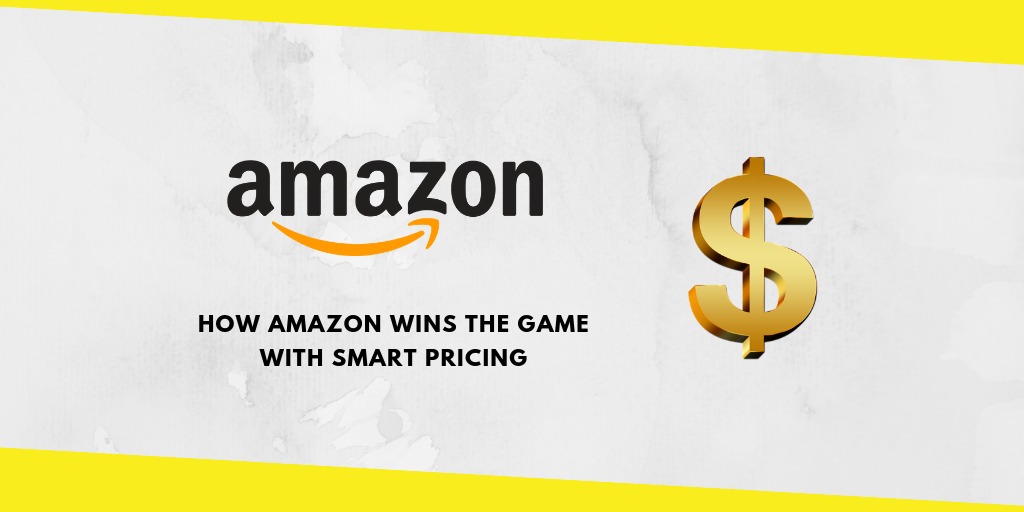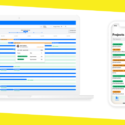How Amazon Wins the Game With Smart Pricing

Pricing is always a vital factor in a customer’s decision process when they make purchase choices. Smart pricing can win more customers, and Amazon has been using sophisticated algorithms to change prices dynamically for quite some time now.
Contents
ToggleAmazon Dynamic Pricing
Dynamic pricing is an idea that has been used by retailers for a long time. Shopkeepers would use their intimate knowledge of local customers and change pricing based on demand/supply and also customer preferences and their buying capacities.
However, as retail moved to the chain stores model and then came ecommerce, pricing dynamics changed. And now, it is on a whole new level. To give customers the best prices, Amazon began to evolve a dynamic pricing strategy that could change prices frequently, and even offer differentiated pricing based on customer preferences, buying patterns, their shopping history etc.
Amazon and other large retailers like Walmart are in a constant battle to offer the best deals to customers, and often adjust prices against each other.
Sellers on Amazon
Sellers on Amazon are always in a fierce competition to win the Buy Box, that makes them the default seller when a user clicks the buy now or add to cart buttons on a product page. Pricing is one of the factors that decides who gets the Buy Box. So, Amazon sellers always try to beat each other on price.
Who Actually Drives Price Skirmishes?
With the emergence of subscription software services, now everyone can afford sophisticated technologies like price monitoring and dynamic pricing. So, marketplace sellers are also using them.
While the majority of customers and retailers believe Amazon directly initiates price wars that result in frequent price changes through the day, a recent study by Intelligence Node has yielded surprising results. The study found that Amazon changes it prices every 2 minutes. However, third party sellers changed prices frequently each day on 71% of the products they sold on the Amazon marketplace. Many third party sellers may offer low prices even on upmarket brands, as they may sell products they got through liquidation sales or through grey markets, disregarding the damage to brand value.
Customers also contribute to these price wars by using price comparison services even while inside a brick and mortar shop to find if they can find a better deal online. At one point, with constant price changes, it can fall to a level where it becomes unprofitable to ship the order to the buyer.
Amazon’s Strategies
Amazon is now monitoring these price wars and it has begun to list certain items priced too low as CRaP, short for Can’t Realize any Profit. CRaP listed items become ineligible for many privileges like Amazon Prime, Subscribe & Save etc.
Amazon itself uses dynamic pricing in different ways instead of just lowering prices blindly. It uses big data to monitor the market conditions, competitor strategies, supply/demand, customer buying pattern and their preferences, and numerous other elements. Using all these, Amazon dynamic pricing can optimally lower prices, raise the prices when conditions are right, or offer targeted pricing based on customer data. They can retain high prices for those who prefer a particular brand and do not care about the prices. That same item can be offered at a discount to a price sensitive customer. These and other measures keep Amazon ahead in the retail arena, avoiding a plunge to the bottom.
However, the tale of amazon dynamic pricing is not yet over. Customers are also getting more savvy, they now find ways to see if they are getting differentiated offers by using different browsers to browse the stores anonymously and then to log in and shop as a registered customer. Retailers pricing strategies will continue to evolve, while dynamic pricing algorithms keep changing to accommodate new shifts in the cross-channel sales arena.
Recommended For You
How Brands Establish Themselves Throughout the World
Most Inside
Most Inside offers high-quality recommendations and valuable updates to enhance all aspects of your life, providing premium guidance and enriching experiences.




